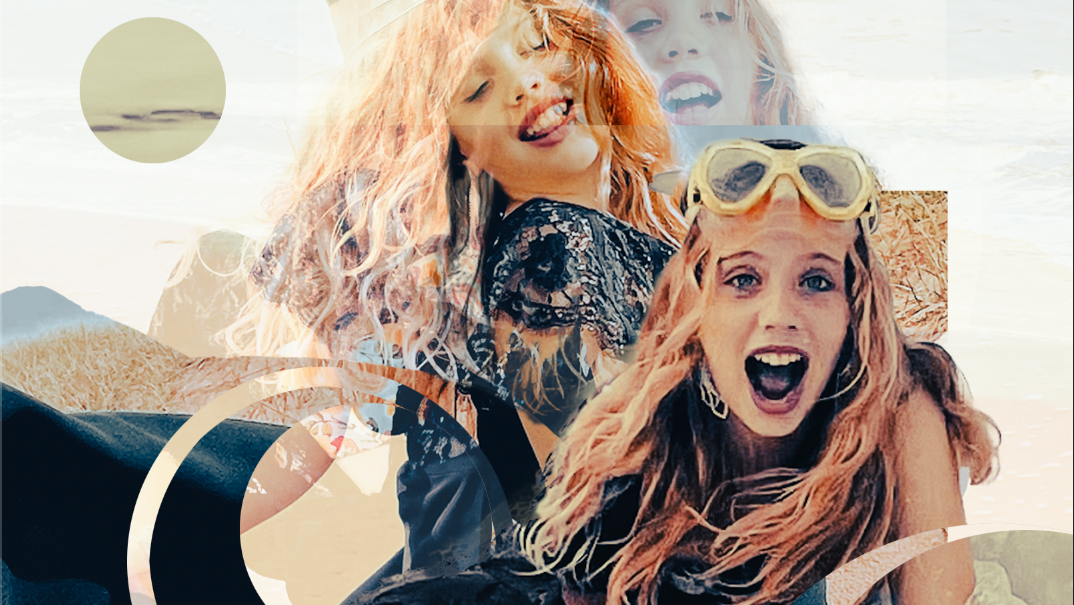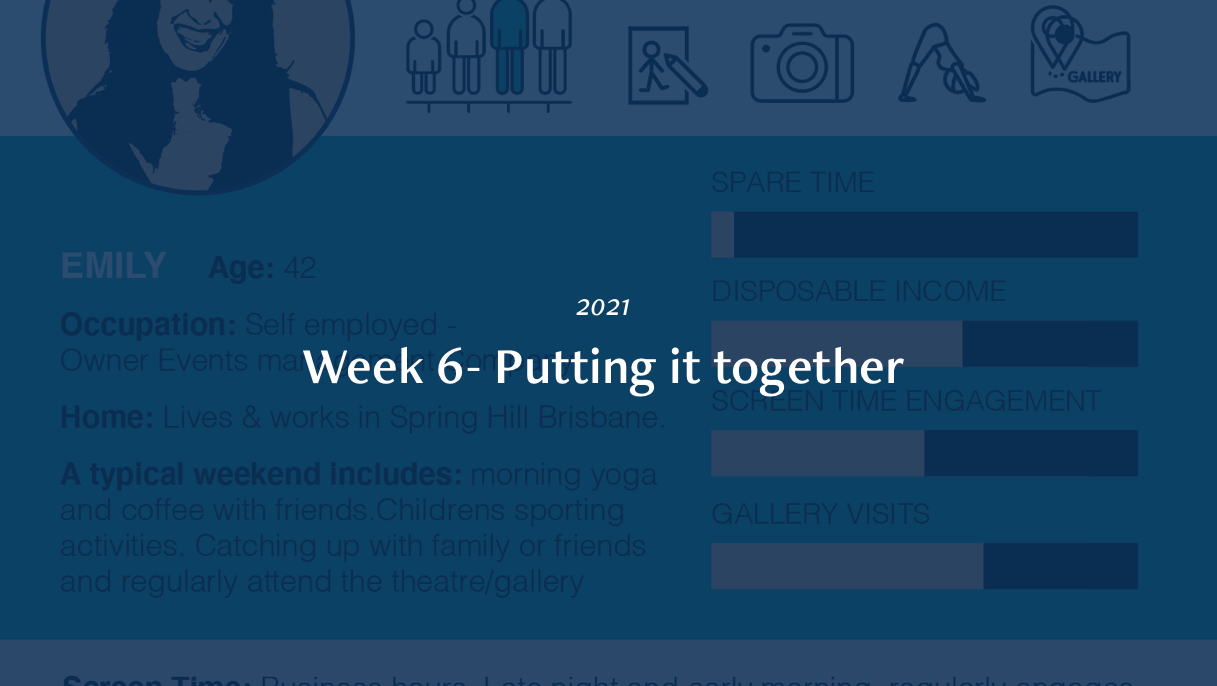My initial questions were considered too broad
The Gap Years
I would like to explore the issues facing graduate design students entering industry. For example:
The elusive 3 years experience required for junior designers; Increasing amount of SEO and recruitment algorithms; expectations around knowledge and skillsets; internships and creative confidence. This is not a new area of investigation and has been the focus of research many many times over (depressingly so), however emerging technologies and changing social structures could prove insightful.
The elusive 3 years experience required for junior designers; Increasing amount of SEO and recruitment algorithms; expectations around knowledge and skillsets; internships and creative confidence. This is not a new area of investigation and has been the focus of research many many times over (depressingly so), however emerging technologies and changing social structures could prove insightful.
• How might design graduates bridge the gap years more effectively.
• How might industry identify and nurture design graduates with more immediate benefit to both parties.
• How might design graduates enter industry in different and more relevant ways
My project will fall under the Design and Visual communication.
My studio practice project will focus on creating a product or service based design solution that could be implemented or help identify the realignment of industry and student expectations.
My studio practice project will focus on creating a product or service based design solution that could be implemented or help identify the realignment of industry and student expectations.
Abstract Monday 21/3:
Graphic Design Graduates enter the industry armed with a portfolio (usually full of overly familiar student projects) in the form of a PDF or digital showcase. With the previous transition from printed portfolios and prototypes to digital mockups, there has been a growing gap in the skills presented in these portfolios and the skill requirements of the employer. The expectations from industry from graphic design graduates are also changing with the advancement of technology and industry demand. This project aims to help identify key areas of discrepancies between industry and student expectations. This is not a new area of research and the problem has been documented and discussed well before the 20th century. Rather than focusing on the institutions and the educational curriculum, or the recruitment process from the industry side - I intend to explore the more specific area of portfolio development and propose questions around how might design graduates enter industry in different and more relevant ways.
Proposed Research Questions
• How might design graduates enter industry in different and more relevant ways
• How might a design portfolio be incorporated into the recruitment process
• How might design graduates incorporate industry networks into the portfolio practice
• How might design graduates create portfolios that disrupt the typical internship and freelancing models.
What exists out there at the moment
Behance, Canva, Domestika, PDF, websites, Adobe portfolio, LinkedIN
Typical advice on google
Internships • Freelance • Practice software • Study

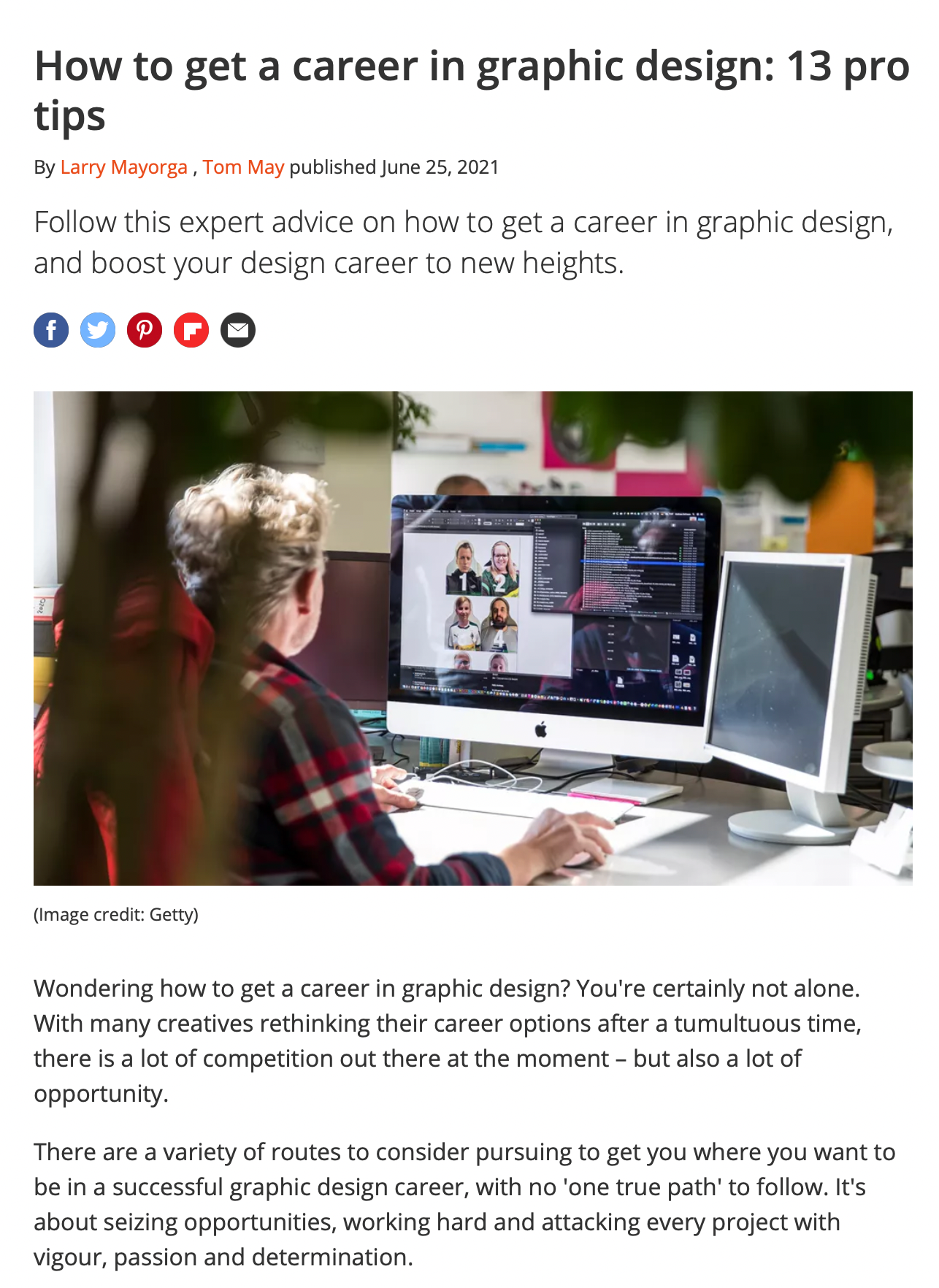
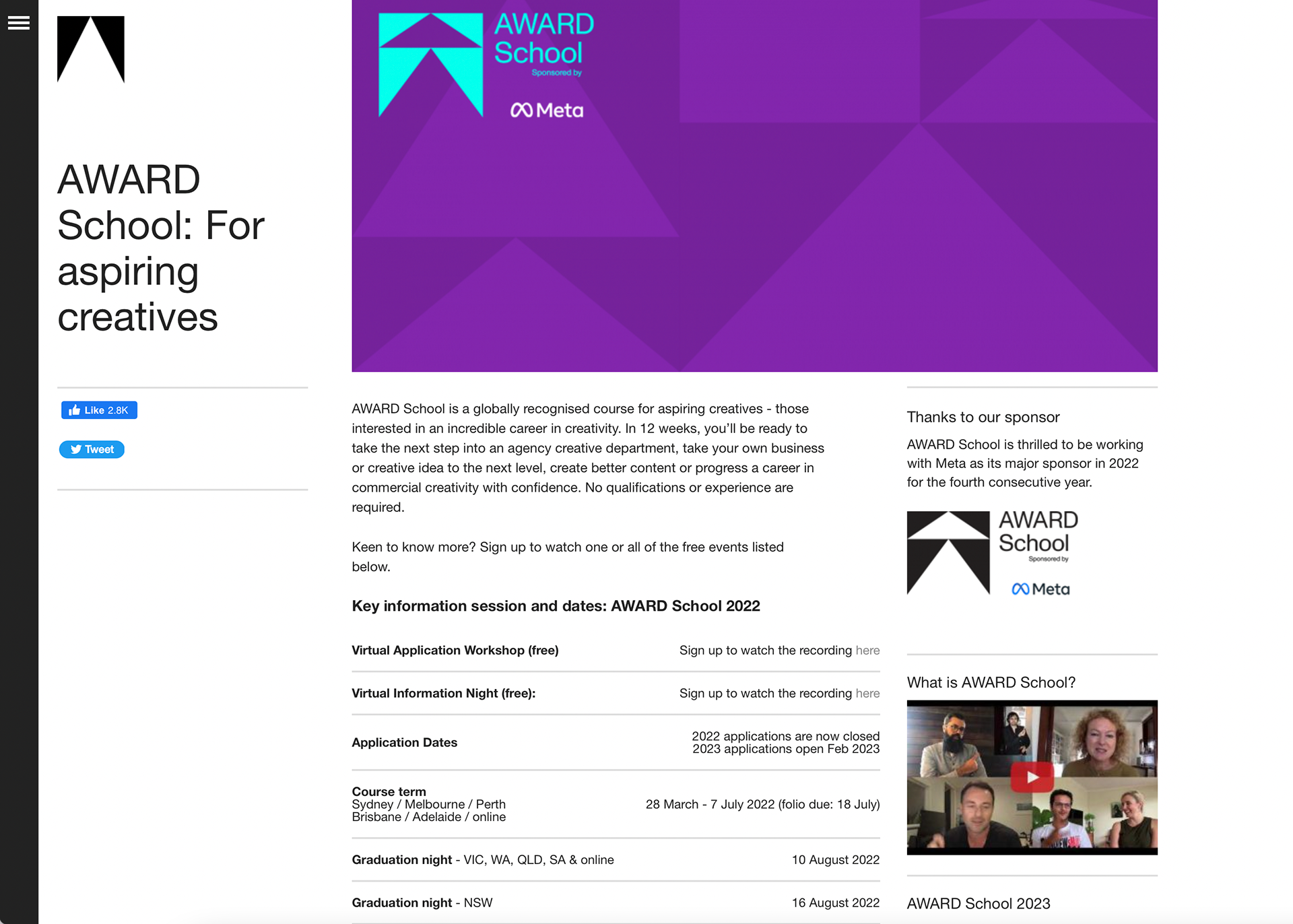
We Have been asked to share 3 images of our work/ personal / industry etc
Example of recent industry work

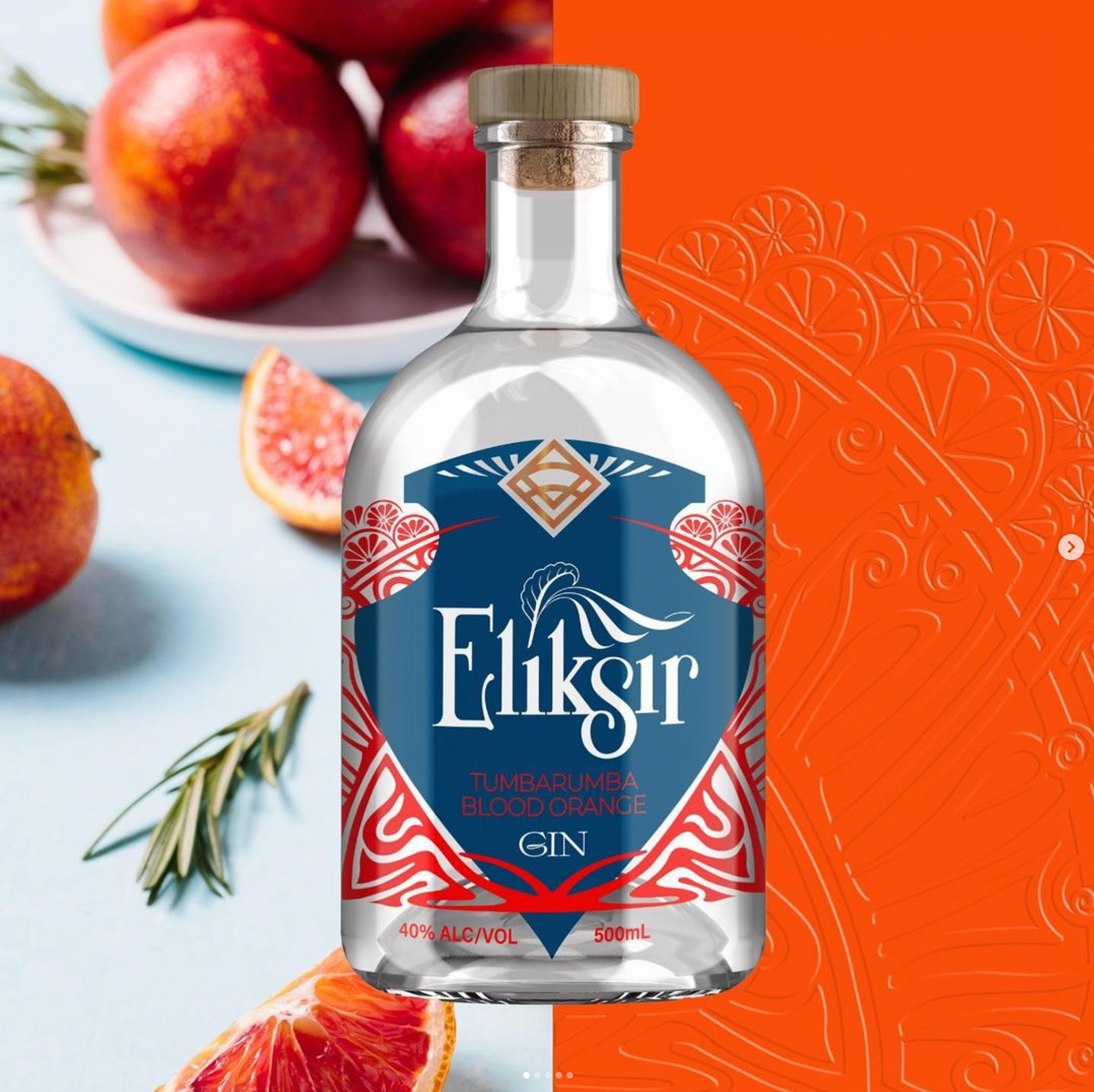

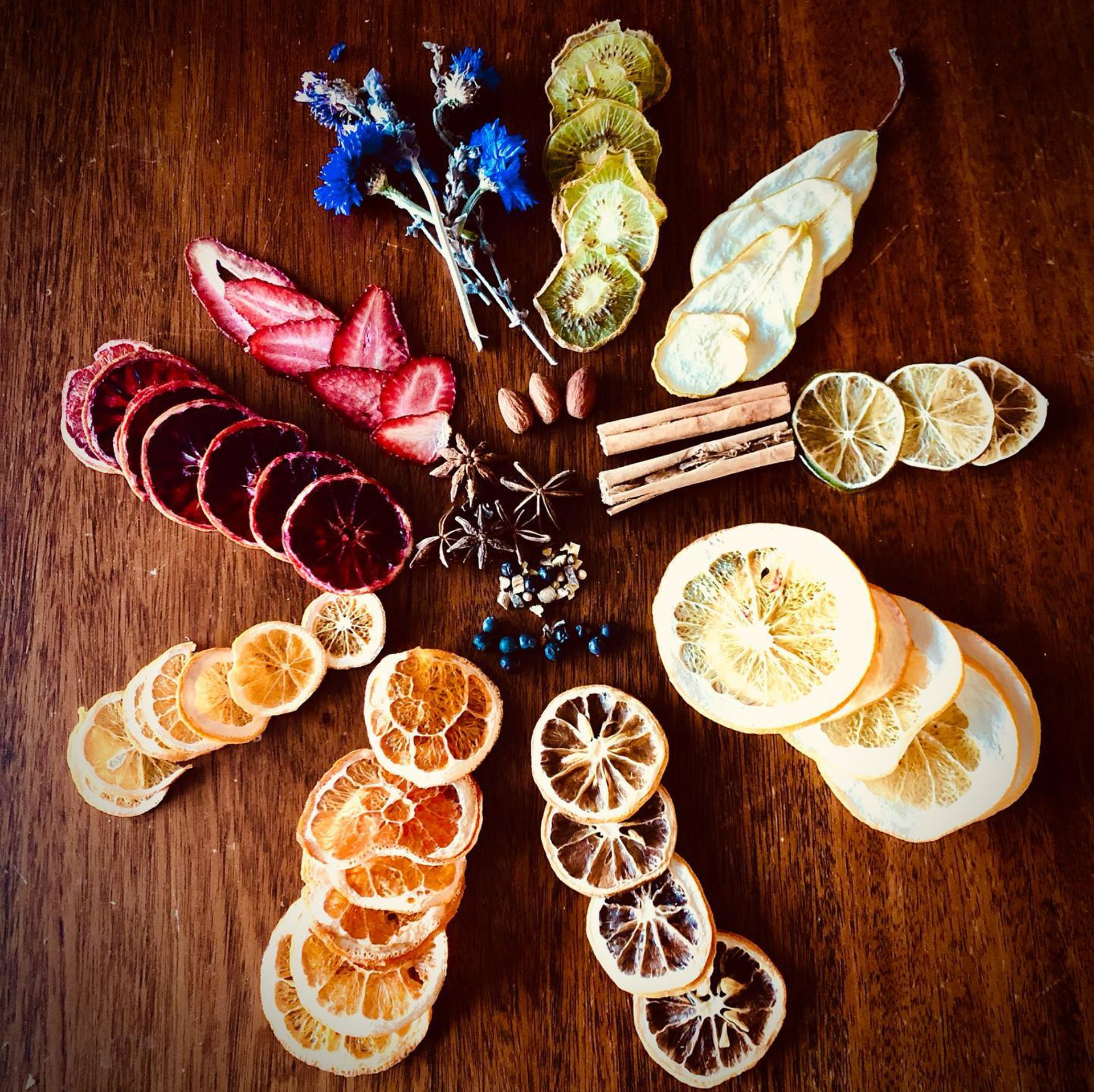
Example of recent personal creative experimentation. Digital Collage
Example of previous advertising work
Feedback is that I have gone too narrow too quickly. I need to show the problem in my question - I need to state the 'why it is a problem'.
Meeting with Michelle
I had a much-anticipated meeting with my supervisor Michelle. 2 weeks in and I am confident there is a problem to investigate, however, I am not sure how to structure my question to include the issue of expectations. My discussion with Michelle touched on lots of areas. The sameness of portfolios produced across the board. The difference in Cultural presentations Eg: London vs Brisbane etc.
How might we match the expectations of design graduates and with industry
What if it was possible to create a portfolio process that aligned expectations between design graduates and Industry employers.
Attempt 1 at a problem statement
Graphic design graduates finish their studies with capstone and /portfolio courses. They present their student work in Mockup form as finished work demonstrating skillsets and theory in the area of design. The industry is often ahead of education because they need to respond to changes in technology and client demand. When Industry is employing junior designers graduates there are often expectations around the design process and skillsets the graduates have obtained and which role they undertake (artworker), which can differ greatly from the ambitious expectations of students.
articulate this problem statement in a few different angles -
What if graphic design portfolios could better align the differing expectations between industry and graduate design students.
What if graphic design portfolios could better manage the gap in expectations between industry and graduate design students.
I will continue researching to the design ecosystem of Brisbane / South East Qld so that I can have a tight control group. I love the idea Michelle has given me to visualise the ecosystem and map it. I am quite excited about this. I will aim to use the double diamond as a base for my research at this stage.
Areas to investigate
Look at design ecosystem
Look at how design expectations are changing/ roles/ skillsets/
Look at community of designers / hopefully establish personas and case studies
Design Economy
Accreditation - would it make a difference
Establish
Specifics to research
Jack Nicholson - Previous masters submission
Design economy
Northern powerhouses.
Danish design centre
Design School
Homework for Michelle
plot some of the insights, absorb, summary
double diamond is a framework. Action research, case study design, Phenomonology,
Examples of programs that already exist that have been designed to help students transition into industry help establish alignment.
AWARD school - Many students will look for options to add additional skills or qualifications once they become aware of the more specific areas they needs
Behance is the ADOBE platform alongside others such as Dribble and Instagram that have the chance of discovery.
QCA has an industry facing studio that allows students to work on real projects whilst completing their studies under the guidance and umbrella of the university. This is an excellent service, not all institutions have this capability
Example of projects from industry - mirroring what they would like to see.
Based on the work of Swedish graphic design studio BankerWessel, Process explores fourteen of the studio’s projects, including over 1,500 sketches and accompanying annotations that give a rare insight into the creative journey.
"Regardless of specifying the job skillset for the posts of graphic designers, tracking the right candidates’ competencies through their digital portfolios suitable to the skill requirementsis still relatively low (Abd-Wahab et al. (2016); Careerplanner.com, 2021; Cheung, 2016)." 3045-Article Text-14619-2-10-20220112 - page 1






